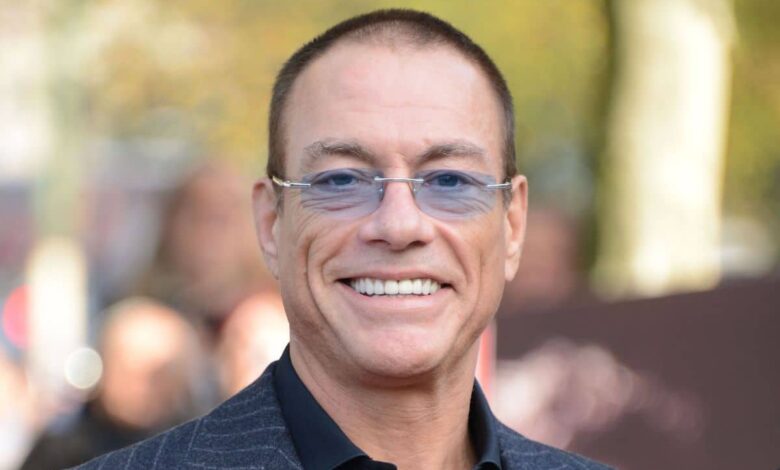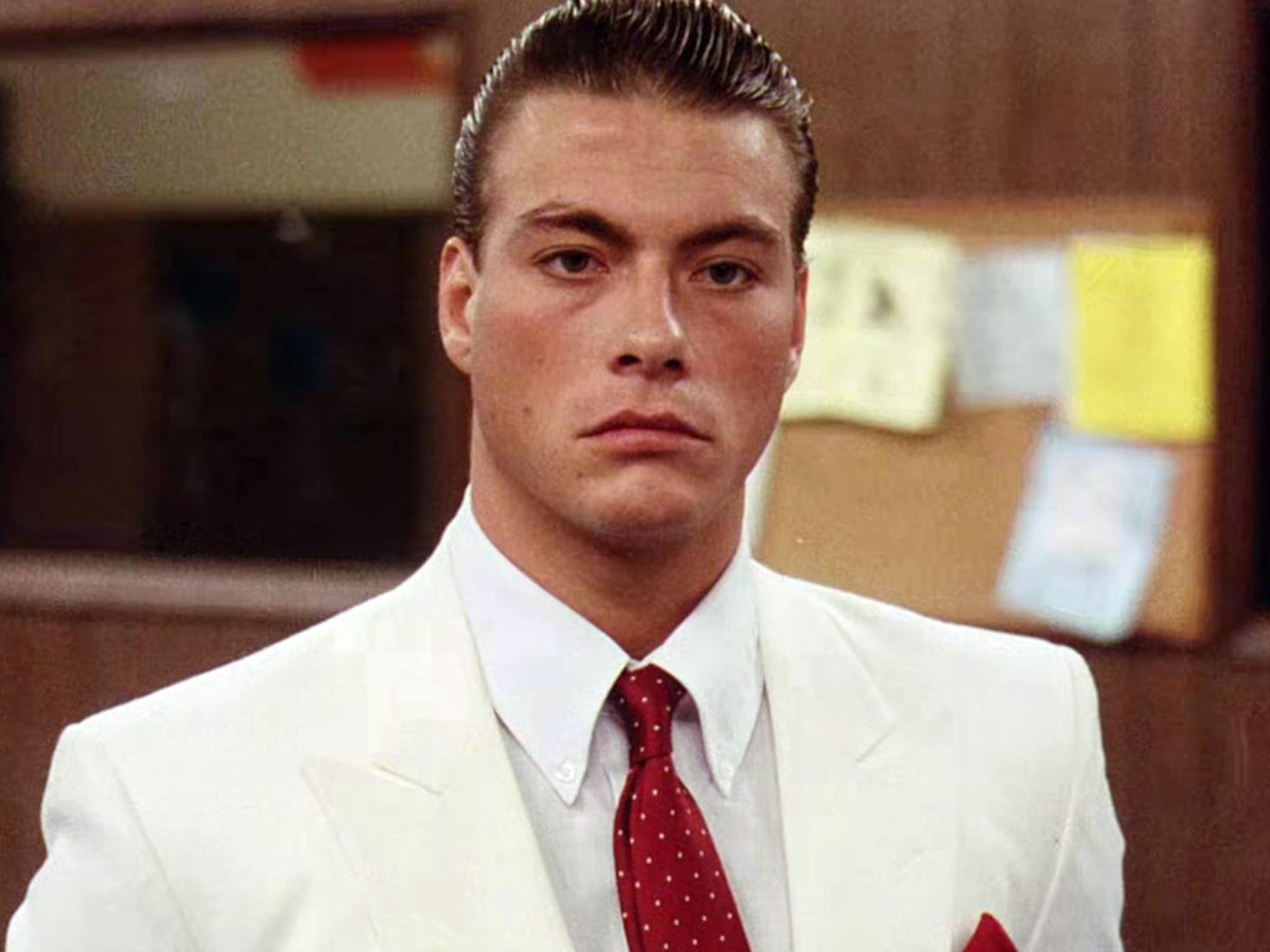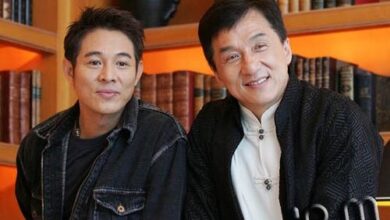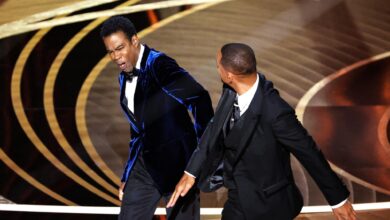Jean-Claude Van Damme: The Muscles from Brussels Who Kicked His Way Into Cinema History

When people think of 1980s and 1990s action cinema, a handful of names dominate the conversation — Schwarzenegger, Stallone, Willis — and standing proudly among them is Jean-Claude Van Damme, the Belgian martial artist who transformed himself into an international movie star. Nicknamed “The Muscles from Brussels,” Van Damme carved a unique place in Hollywood with his athletic fighting style, signature splits, and on-screen charisma.
From Martial Arts Prodigy to Aspiring Actor
Born Jean-Claude Camille François Van Varenberg on October 18, 1960, in Sint-Agatha-Berchem, Brussels, Van Damme began practicing martial arts at the age of 10. Under the tutelage of Master Claude Goetz, he excelled in Shotokan karate, later earning a black belt and winning numerous competitions. His early life was defined by discipline — a trait that would serve him well in the entertainment industry.
But Van Damme’s dreams stretched beyond the dojo. Inspired by classic Hollywood films and martial arts legends like Bruce Lee, he set his sights on cinema. In 1982, with limited English skills but boundless determination, he moved to Los Angeles, working odd jobs — including carpet laying, driving limousines, and even delivering pizzas — while attending auditions.

Breakthrough and Hollywood Stardom
Van Damme’s big break came in 1988 with Bloodsport, a low-budget martial arts film loosely based on the real-life exploits of fighter Frank Dux. Despite modest expectations, the movie became a surprise box office hit, earning over $50 million worldwide and instantly making Van Damme a recognizable name. His athleticism and dynamic fight choreography stood out in an era dominated by muscle-bound action heroes.
The success of Bloodsport opened the floodgates. Over the next decade, Van Damme starred in a string of commercially successful films, including Kickboxer (1989), Universal Soldier (1992), Timecop (1994), and Sudden Death (1995). His ability to blend martial arts prowess with a touch of emotional vulnerability distinguished him from his contemporaries.
The Rise, the Fall, and the Comeback
Like many stars of his generation, Van Damme’s career hit turbulence in the late 1990s. A combination of overexposure, substance abuse issues, and box office disappointments led to a decline in major roles. However, the Belgian fighter refused to fade quietly.
His 2008 film JCVD marked a dramatic turning point. In it, Van Damme played a fictionalized version of himself, confronting his personal struggles with surprising emotional depth. Critics praised his raw, self-deprecating performance, and the film reminded audiences that behind the muscles was a man of genuine talent.
In recent years, Van Damme has embraced his legacy while taking on a mix of action and comedic roles, including The Expendables 2 (2012) and the self-parodying Amazon series Jean-Claude Van Johnson (2016).

A Lasting Legacy in Action Cinema
Jean-Claude Van Damme’s influence extends far beyond his filmography. He helped popularize martial arts cinema in the West, inspiring a generation of fighters, actors, and stunt performers. His iconic kicks, particularly his 360-degree helicopter kick, remain some of the most imitated moves in movie history.
More than that, Van Damme represents the power of perseverance. From a young boy in Brussels dreaming of the big screen to a global action icon, his story is one of discipline, risk-taking, and resilience.
As Hollywood continues to evolve, the “Muscles from Brussels” stands as a testament to an era when heroes fought with their fists, their feet, and their sheer willpower — and looked impossibly cool doing it.




